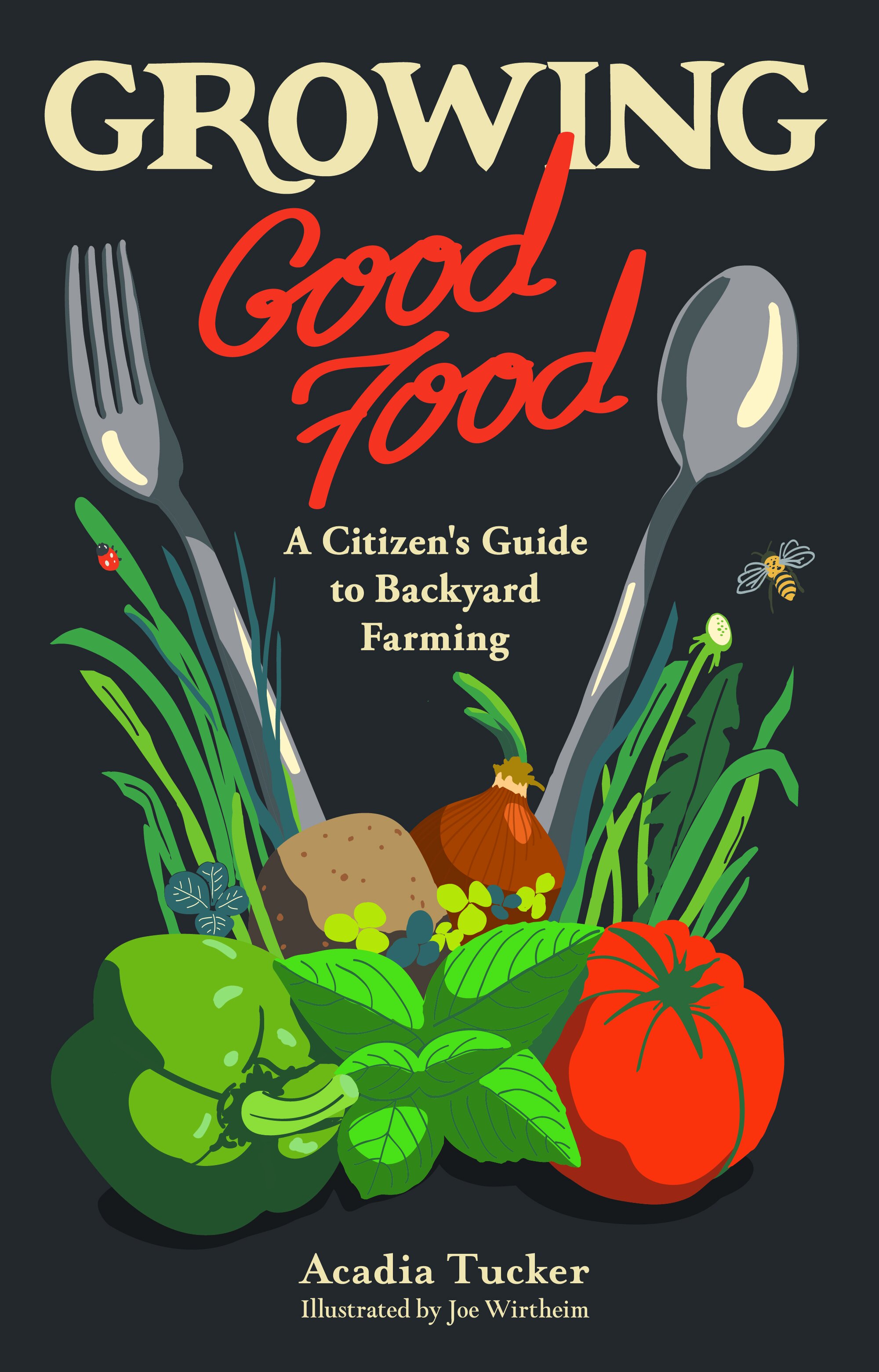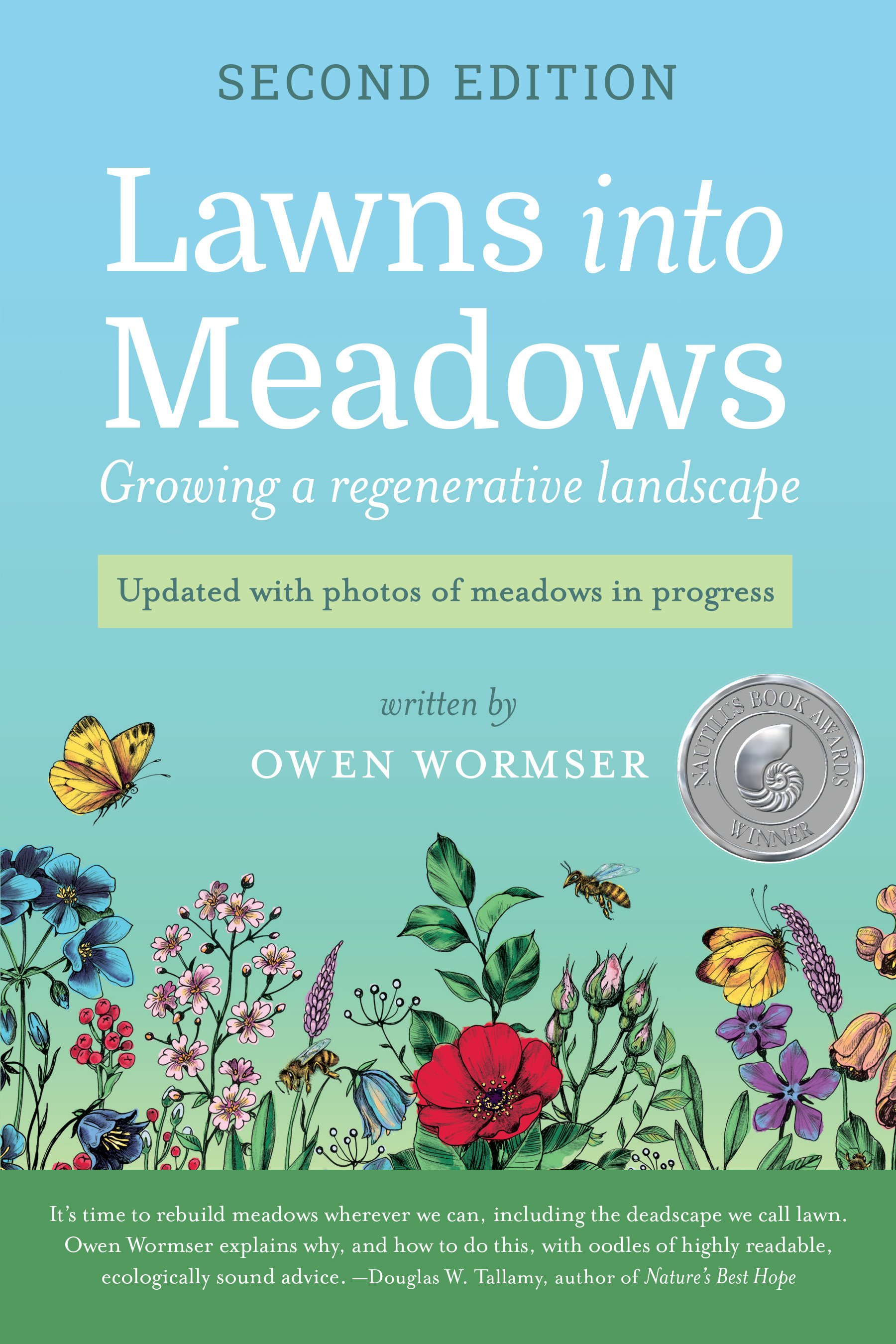Monarch butterflies need our help
The “king of butterflies" is rapidly disappearing. In just the last 20 years, the monarch butterfly population has declined by 85 percent in this country. The numbers are even worse in the West, which has seen a 99 percent drop. This is frightening, and not only because this pollinator is so beautiful. Monarchs are an excellent indicator of population decline in other pollinator species.
“Without these robust pollinator populations, the diversity and abundance of healthy food that we put on our tables is in jeopardy,” says Wendy Caldwell, executive director of the Monarch Joint Venture, a non-profit working to conserve monarchs. “One in every three bites of food is supported by pollinators so their conservation is vital.”
“One in every three bites of food is supported by pollinators so their conservation is vital.”
Monarch butterflies face a number of threats, including pesticide use and climate change, but the loss of habitat for breeding grounds is the most significant. Monarchs rely heavily on milkweed to survive. The plant serves as both the breeding site and the only source of nutrition for monarch caterpillars. Milkweed once grew abundantly throughout the U.S., but due to agricultural land development and the use of Roundup and other pesticides, monarchs have now lost much of their natural habitat.
Breeding grounds aren’t the only monarch habitats being threatened. Every year, eastern populations migrate up to thousands of miles south to Mexico to spend the colder months in stands of oyamel fir trees. But these overwintering sites have dwindled due to legal and illegal logging, converting them to farmland, and warming trends. Overwintering sites for western populations in California are similarly threatened by land development and climate conditions.
Climate change may prove to be an even greater threat to monarch migratory patterns and breeding ranges in the years to come. Since the butterflies are attuned to environmental cues, like temperature, to know when to migrate, hibernate, and reproduce, even small shifts can alter monarch behavior and put populations at risk.
Monarchs overwintering in a eucalyptus tree in Pismo Beach, California.
Anyone who tracks the butterflies knows that recent years have seen a slight rebound in monarch populations across the country, but experts warn it’s not significant. “Even though we hit [the minimum population] goal one year,” says Caldwell, “the population quickly fell below that threshold in subsequent years. These smaller populations are more vulnerable to severe weather and climate conditions, so we can't rely on luck to help cushion the survival of this species from the changing conditions our environment is facing.”
Last year’s annual population count in the western part of the country found an uptick, with volunteers tallying more than 335,000 butterflies. While this is good news, it is still “dramatically below the historic population size,” Caldwell says. “This shows resilience in the species and the population, but without a better understanding of the factors that influence population dynamics, we can't be assured that monarchs will always rebound from direly low numbers.”
How can i help?
With habitat loss among the most significant reasons for monarch population decline, it’s not surprising that the best way to help monarchs is by creating habitats with native, nectar-rich plants. "There’s no substitute for milkweed,” says Ward Johnson, co-director of the non-profit Save Our Monarchs. ”If you don't have milkweed, you don't have monarchs." He started the organization in 2014 with his wife with the goal of restoring monarch habitats by distributing milkweed seeds to anyone who will join their mission.
“There’s no substitute for milkweed. If you don’t have milkweed, you don’t have monarchs.”
“I’ve always been a monarch aficionado, but at one point I said to my wife, I want to actually do something about this,” says Johnson. They started out by distributing seeds from their garage in Minnesota, and have since sent out hundreds of millions of seeds in addition to creating more than 30,000 school gardens across the country. You can receive your own free milkweed seeds through the organization’s website.
Though milkweed is most important for monarchs, an ideal pollinator habitat should provide several local species of nectar-rich plants. A variety of native nectar plants also means your garden will bloom with different flowers throughout the growing season. Check out this plant guide to learn which nectar plants are native to your area.
While raising monarchs yourself is a great way to learn about these fascinating insects, research has suggested that mass rearing of caterpillars is not an effective conservation strategy as it tends to produce weaker butterflies less fit for migration.
“Raising and releasing monarchs can be done for community science programs to help understand survival, parasitism, and disease, or to tag monarchs,” says Caldwell. “But planting habitat that can naturally promote monarch production is a better long-term strategy for conservation.”
Though monarch conservation efforts are going strong, there is clearly a long way to go to save this beautiful and vital species. “Even for species like monarchs that are studied tremendously, there is still a lot we do not know,” Caldwell says. “It's hard to compare where we don't have data, but I am optimistic about conservation efforts increasing in scale and scope, and making a difference for monarchs and other pollinators.”
Sarah Banapour is a Stone Pier Press News Fellow based in the Bay Area.











